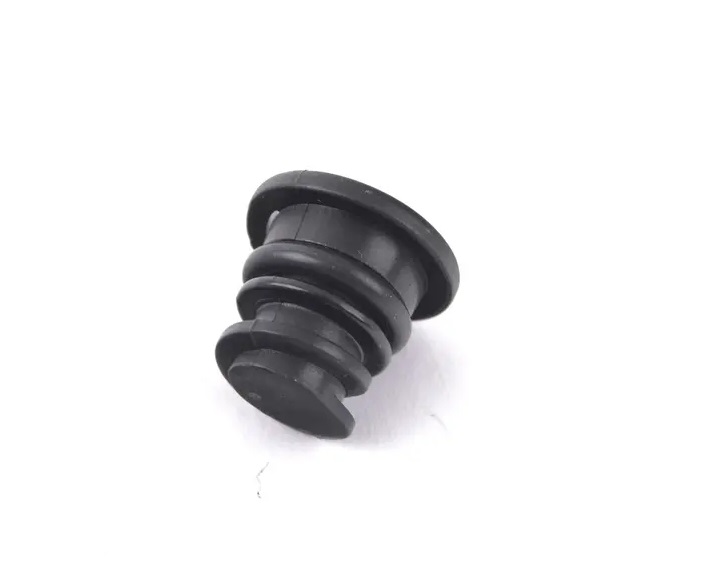High-Performance O-Rings for Gasoline Applications
O-Rings for Gasoline Applications Ensuring Safety and Efficiency
O-rings play a crucial role in various industries, particularly in applications involving gasoline and other fuels. These small yet essential components are designed to create a seal between two or more mating surfaces, preventing leaks and ensuring the safe and efficient operation of mechanical systems. In this article, we will explore the importance of O-rings, the materials used in their production, and best practices for selecting and maintaining them in gasoline applications.
The Role of O-Rings in Gasoline Systems
In automotive and industrial applications, O-rings are often found in fuel systems, including fuel pumps, injectors, and tanks. Their primary function is to seal joints and prevent the escape of gasoline, which is crucial to maintain pressure within the system and prevent dangerous leaks. Gasoline is a volatile substance, and even minor leaks can lead to serious hazards, including fire risks, environmental pollution, and increased operational costs. Therefore, the reliability of O-rings in these applications is paramount.
Materials for O-Rings in Fuel Applications
Choosing the right material for O-rings is essential, especially in gasoline applications where exposure to aggressive chemicals can compromise performance. Common materials used for O-rings in such scenarios include
1. Nitrile Rubber (NBR) NBR is widely used due to its excellent resistance to gasoline and other petroleum-based fluids. It offers good elasticity and mechanical properties, making it a popular choice for fuel systems.
o rings for gasoline

2. Fluoroelastomer (FKM) Known for its exceptional chemical resistance, FKM is suitable for high-temperature environments and when the O-ring is exposed to aggressive fuels. This material is often chosen for high-performance vehicles.
3. Ethylene Propylene Diene Monomer (EPDM) While not as resistant to gasoline as NBR or FKM, EPDM is excellent for applications where exposure to water and various chemical environments is expected. It is often used in conjunction with other sealing materials.
Best Practices for Selection and Maintenance
When selecting O-rings for gasoline applications, it's crucial to consider factors such as temperature, pressure, and chemical exposure. Proper sizing is also vital; an O-ring that is too large or small can lead to ineffective sealing and potential leaks.
Additionally, routine inspections and maintenance can help ensure the longevity and performance of O-rings. Signs of degradation, such as cracks, swelling, or loss of elasticity, warrant immediate replacement. Implementing a schedule for regular checks can prevent unexpected failures and enhance system reliability.
In conclusion, O-rings are indispensable in gasoline applications, providing essential sealing capabilities that ensure safety and efficiency. By selecting the appropriate material and maintaining them effectively, operators can minimize risks associated with fuel leakage and ensure the smooth operation of their systems. Understanding the role and maintenance of O-rings can contribute significantly to operational safety and efficiency in industries reliant on gasoline and other fuels.
-
Simplifying Oil Changes: A Comprehensive Guide to Oil Drain Plugs and Their Variants
News Aug.04,2025
-
Mastering Oil Drain Maintenance: Solutions for Stripped, Worn, and Upgraded Oil Plugs
News Aug.04,2025
-
Fixing Oil Pan Plug Issues: Leaks, Stripped Nuts, and the Right Replacement Solutions
News Aug.04,2025
-
Everything You Need to Know About Oil Drain Plugs: Sizes, Fixes, and Upgrades
News Aug.04,2025
-
Choosing the Right Oil Drain Plug: A Guide to Sizes, Materials, and Drain Innovations
News Aug.04,2025
-
A Complete Guide to Automotive Drain Plugs: Types, Problems, and Innovative Solutions
News Aug.04,2025
-
The Ultimate Guide to Car Repair Kits: Tools and Essentials Every Driver Should Own
News Aug.01,2025
Products categories















